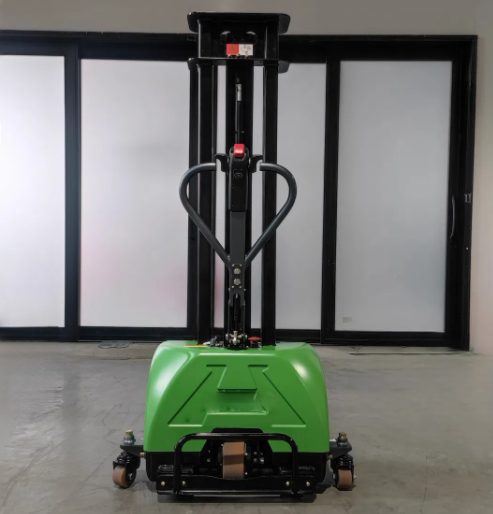How To Calculate The Stacker Load Capacity
The load capacity of the wheel refers to the maximum static or dynamic load that the wheel can bear. The load capacity of the wheel is affected by many factors. In this paper, the load capacity of the stacker is analyzed from two aspects: dynamic load and static load.

Static And Dynamic Load
Static load
Static load capacity refers to the maximum weight that a wheel can bear at rest. The following factors are usually considered in the calculation:
• Material strength: The material of the wheel (such as rubber, polyurethane, nylon or metal, etc.) must have sufficient compressive strength and hardness to support the load without permanent deformation.
• Wheel Size: including wheel diameter and wheel width. Larger wheels generally distribute more pressure and thus bear a greater load.
• Contact Area: The greater the contact area between the wheel and the ground, the stronger the ability to disperse the pressure, and the greater the static load capacity.
Dynamic Load Capacity
Dynamic load capacity refers to the maximum weight that a wheel can continuously bear in a moving state. Consider the following factors when calculating:
• Speed Effects: High speed movement increases the impact and vibration of the wheel, and therefore requires higher strength and wear resistance.
• Axles And Bearings: Axles and bearings must be designed to operate continuously under dynamic loads and avoid premature wear.
• Frequent Starting, Stopping and Steering: These actions create additional forces and wear on the wheels, so extra strength is needed to cope with the situation.

Normally, when we refer to load capacity, which means the dynamic load capacity of a wheel. The load capacity of the wheel under dynamic conditions is usually lower than that under static conditions, because movement introduces additional forces such as impact force and friction. For example, a driving wheel weighs 500 kg, a stacker needs 4 wheels, then the maximum weight of the stacker is fewer than 2000 kg.
In terms of quality, Philson can provide you with sturdy and durable wheels, and the stacker drive wheels will serve you longer. When we confirm requirements with our customers, load capacity is a very important point. Providing customers with free test load capacity is also one of our major features.